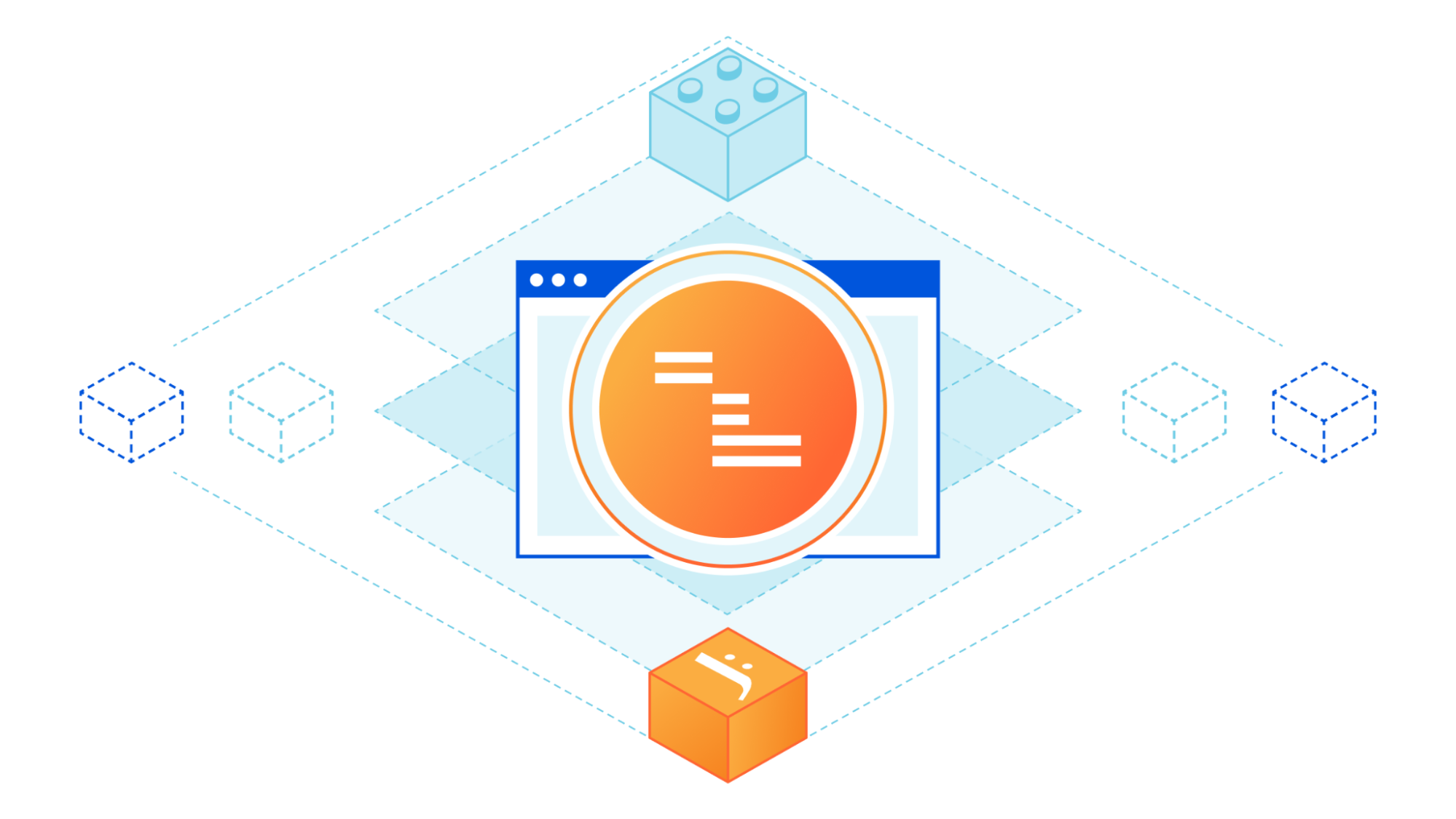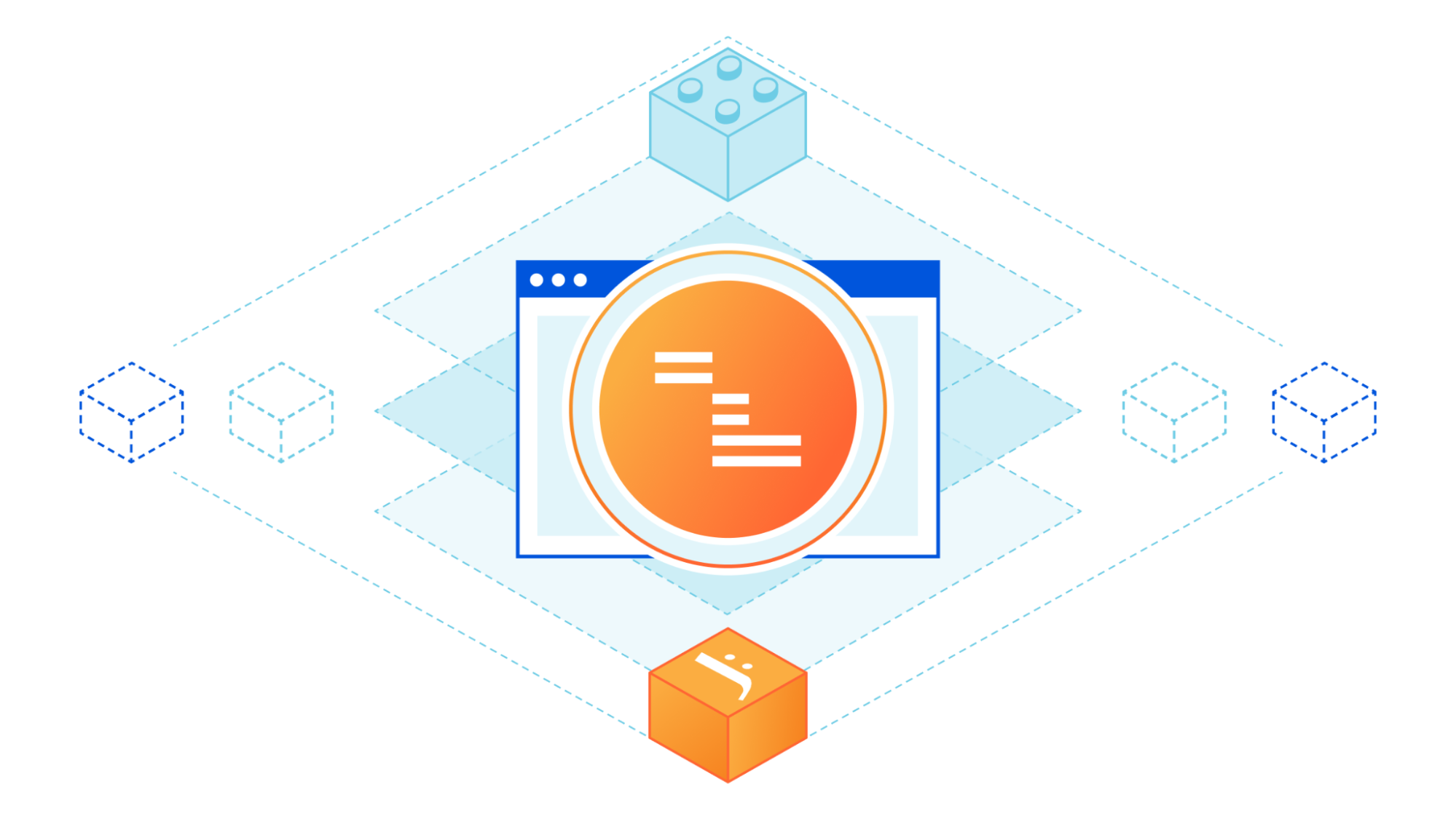Heavy Wireless 005: How To Build A Wi-Fi Community With Ferney Munoz
Have you ever wanted to build a community of professionals in your field, but didn't know where to start? In this episode of the Heavy Wireless podcast, Keith Parsons interviews Ferney Munoz, founder of the Tes@s en Wi-Fi community in Latin America, to learn how he built a successful community of Wi-Fi professionals.Heavy Wireless 005: How To Build A Wi-Fi Community With Ferney Munoz
Have you ever wanted to build a community of professionals in your field, but didn't know where to start? In this episode of the Heavy Wireless podcast, Keith Parsons interviews Ferney Munoz, founder of the Tes@s en Wi-Fi community in Latin America, to learn how he built a successful community of Wi-Fi professionals.
The post Heavy Wireless 005: How To Build A Wi-Fi Community With Ferney Munoz appeared first on Packet Pushers.
Argonne Aurora A21: All’s Well That Ends Better
When it comes to a lot of high performance computing systems we have seen over the decades, we are fond of saying that the hardware is the easy part. …
Argonne Aurora A21: All’s Well That Ends Better was written by Timothy Prickett Morgan at The Next Platform.
My Belated Review of Cisco Live 2023

It’s been a couple of weeks since Cisco Live US 2023 and I’m just now getting around to writing about it. I was thrilled to attend my 18th Cisco Live and it was just the thing I needed to reconnect with the community. The landscape of Cisco Live looks a little different than it has in years past. There are some challenges that are rising that need to be studied and understood before they become bigger than the event itself.
Showstopping Reveals? Or Consistent Improvement?
What was the big announcement from Cisco this year? What was the thing that was said on stage that stopped the presses and got people chattering? Was it a switch? A firewall? Was it a revolutionary new AI platform? Or a stable IP connection to Mars? Do you even know? Or was it more of a discussion of general topics with some technologies brought up alongside them?
In the last few years you may have noticed that the number of huge big announcements coinciding with the big yearly conferences has come down a bit. Rather than having some big news drop the morning of the keynote the big reveals are being given their own time Continue reading
Overcoming security gaps with active vulnerability management
Organizations can reduce security risks in containerized applications by actively managing vulnerabilities through scanning, automated image deployment, tracking runtime risk and deploying mitigating controls to reduce risk.
Kubernetes and containers have become de facto standards for cloud-native application development due to their ability to accelerate the pace of innovation and codify best practices for production deployments, but such acceleration can introduce risk if not operationalized properly.
In the architecture of containerized applications, it is important to understand that there are highly dynamic containers distributed across cloud environments. Some are ephemeral and short-lived, while others are more long-term. Traditional approaches to securing applications do not apply to cloud-native workloads because most deployments of containers occur automatically with an orchestrator that removes the manual step in the process. This automatic deployment requires that the images be continuously scanned to identify any vulnerabilities at the time of development in order to mitigate the risk of exploit during runtime.
In addition to these challenges, software supply chain adds complexity to vulnerability scanning and remediation. Applications increasingly depend on containers and components from third-party vendors and projects. As a result, it can take weeks or longer to patch the affected components and release new software Continue reading
Upcoming Training: BGP Policy
On July 21st I’ll be teaching BGP Policy over at Safari Books Online. From the description:
This course begins by simplifying the entire BGP policy space into three basic kinds of policies that operators implement using BGP—selecting the outbound path, selecting the inbound path, and “do not transit.” A use case is given for each of these three kinds, or classes, of policies from the perspective of a transit provider, and another from the perspective of a nontransit operator connected to the edge of the ‘net. With this background in place, the course will then explore each of the many ways these classes of policy may be implemented using local preference, AS Path prepending, various communities, AS Path poisoning, and other techniques. Positive and negative aspects of each implementation path will be considered.
My courses are going through a bit of updating, but I think August and September will be How the Internet Really Works, followed by an updated course on troubleshooting. I’m incorporating more tools into the course, including (of course!) ChatGPT. Watch this space for upcoming announcements.
What’s new in Ansible Automation Platform 2.4

We are excited to announce the general availability of Red Hat Ansible Automation Platform 2.4, which continues to build on our core promise to help customers “Create, Manage, and Scale” their automation.
This blog post outlines a number of new features and capabilities found in the 2.4 release, including the long-anticipated general availability of Event-Driven Ansible. Ansible Automation Platform 2.4 is going to greatly expand the scope of both what and how organizations are able to automate with Ansible—so let’s dive right in.
Event-Driven Ansible
Back at AnsibleFest 2022, we introduced the Event-Driven Ansible developer preview and the results have been very exciting. By developing this set of capabilities in the upstream community, we worked alongside the Ansible community, partners and customers to release numerous certified and community source plugins right at launch. Now fully supported as a component of Ansible Automation Platform 2.4, Event-Driven Ansible comes with a new webUI, Event-Driven Ansible controller, to help you integrate your Event-Driven Ansible with Ansible Automation Platform and take advantage of a host of new capabilities.
Event-Driven Ansible controller for Event-Driven Ansible - Getting Started
Event-Driven Ansible connects intelligent sources of events with corresponding actions via rules. Continue reading
HN687 Juniper CORA Coherent Optics Enabling IPoDWDM
Its about reducing the cost and complexity of DWDM coherent optical networks. Connecting the DWDM network directly to your router removes the DWDM edge equipment which simplifies operation, reduce cost,space & power while improving provisioning time. How is Juniper entering this market and what do you need to know ?HN687 Juniper CORA Coherent Optics Enabling IPoDWDM
Its about reducing the cost and complexity of DWDM coherent optical networks. Connecting the DWDM network directly to your router removes the DWDM edge equipment which simplifies operation, reduce cost,space & power while improving provisioning time. How is Juniper entering this market and what do you need to know ?
The post HN687 Juniper CORA Coherent Optics Enabling IPoDWDM appeared first on Packet Pushers.
Cloudflare Zaraz supports JSONata


Cloudflare users leverage Zaraz for loading their third-party JavaScript tools. Tools like analytics, conversion pixels, widgets and alike, load faster and safer when loaded through Zaraz.
When configuring a tool in Zaraz, users can specify the payload to be included when sending information to it. This allows for the transmission of more detailed data. For example, when sending the "Button Clicked" event to Google Analytics, users can include additional information such as the ID of the button element and the content of the user_id cookie at the time of the button press. In Zaraz, users have the flexibility to add as many fields as desired when configuring the action.
Typically, information reaches Zaraz through the execution of zaraz.track("event name", { properties }) within the website's code. The properties object can contain relevant details that will be sent to third-party tools, such as the button ID in the previous example. However, there are cases where users may need to process and manipulate the information before sending it to their third-party tools.
To address this requirement, we recently introduced Worker Variables, which enables users to send information to a Cloudflare Worker, perform manipulations on it, and return a modified value. Continue reading
A New Contender: NVMe in the Data Center
NVMe (nonvolatile memory express) delivers the faster performance data centers need to move to and operate in hybrid and multi-cloud environments.What’s new in Calico Enterprise 3.17: Namespace isolation, WireGuard support for AKS and EKS, and more!
We are excited to introduce the early preview releases for Calico Enterprise 3.17. This release focuses on helping enterprises have a strong security posture for their containers and Kubernetes clusters. Let’s go through some of the highlights of this release.
Namespace isolation with automatic Security Policy Recommendations
Calico will now automatically generate security policies based on workload dependencies and incoming and outgoing traffic to isolate namespaces in your Kubernetes cluster.
WireGuard support for AKS and EKS with Calico CNI
Users can now protect data-in-transit data in Microsoft AKS and Amazon EKS clusters by enabling WireGuard encryption with the Calico CNI.
Improved management of Workload-based WAF
Secure specific workload-to-workload communications at the application level with Calico’s workload-based web application firewall (WAF) by selecting and deselecting specific services.
Policy-based routing for egress gateways
Define policies on which egress gateway to use (or none at all) depending on the destination of egress traffic.
We hope you’ll enjoy these product upgrades and enhancements. We will continue to deliver new releases with innovative solutions to solve container and Kubernetes security challenges. Watch this space for future updates and details about how to leverage these features in your environment.
Check out our self-paced workshops for Continue reading